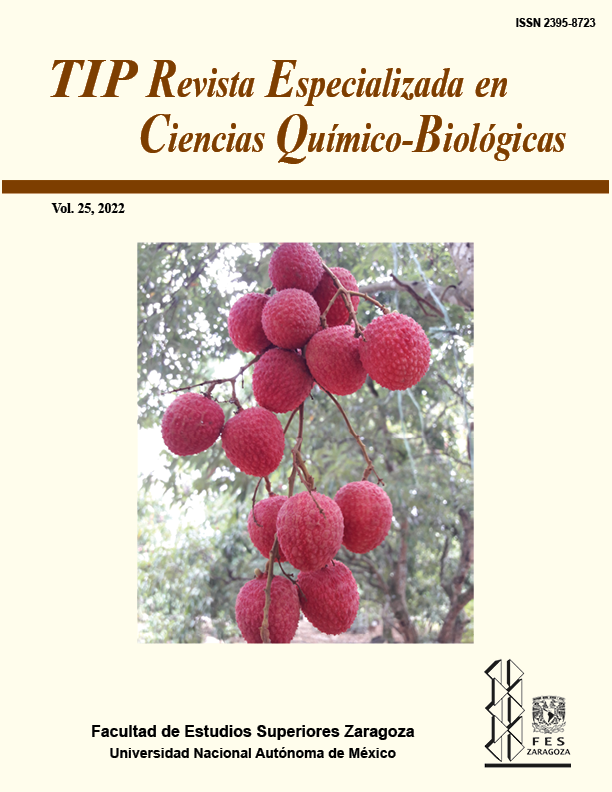Resumen
Los Centros de Desarrollo Infantil se caracterizan por la atención multidisciplinaria a la población infantil, sector particularmente susceptible a enfermar de las vías respiratorias por la presencia de microorganismos fúngicos que se dispersan por las corrientes de aire entre los espacios donde se encuentran los usuarios. Por lo anterior, el objetivo de este trabajo fue evaluar la concentración fúngica del aire interior del Centro de Desarrollo Infantil de la Universidad de Sonora, la identificación taxonómica de los microhongos recolectados y la descripción de su posible patogenicidad para la salud humana. Se obtuvieron entre los días del 2 al 27 de mayo 89 muestras de 17 sitios donde concurren los menores de edad y un punto testigo. Se realizaron muestreos estáticos a un metro de altura, utilizando un equipo SAS SUPER 100 y la sedimentación en placa de Petri con medio de cultivo Agar Sabouraud. Por la técnica de impronta se identificaron 14 géneros fúngicos, entre los predominantes están Cladosporium spp., Aspergillus spp. y Penicillium spp., con presencia de 31%, 26% y 16%, respectivamente. La concentración fúngica más alta que se detectó fue de 53 UFC/m3, valor inferior al considerado peligroso por diversas instituciones gubernamentales alrededor del mundo. No obstante, se identificaron especies de interés clínico del género Aspergillus, predominando en todos los sitios A. niger, seguido por A. ochraceus, A. flavus, A. versicolor y A. fumigatus.
Se declara que los Derechos de Autor de TIP Revista Especializada en Ciencias Químico-Biológicas de la Facultad de Estudios Superiores Zaragoza, pertenecen a la Universidad Nacional Autónoma de México
TIP Revista Especializada en Ciencias Químico-Biológicas está distribuido bajo una Licencia Creative Commons Atribución-NoComercial-SinDerivar 4.0 Internacional.
Se sugiere a los Autores que una vez que su artículo esté publicado en TIP Revista Especializada en Ciencias Químico-Biológicas, aparezca en los repositorios de las Instituciones a las que están adscritos, con la finalidad de que su difusión sea más amplia.



